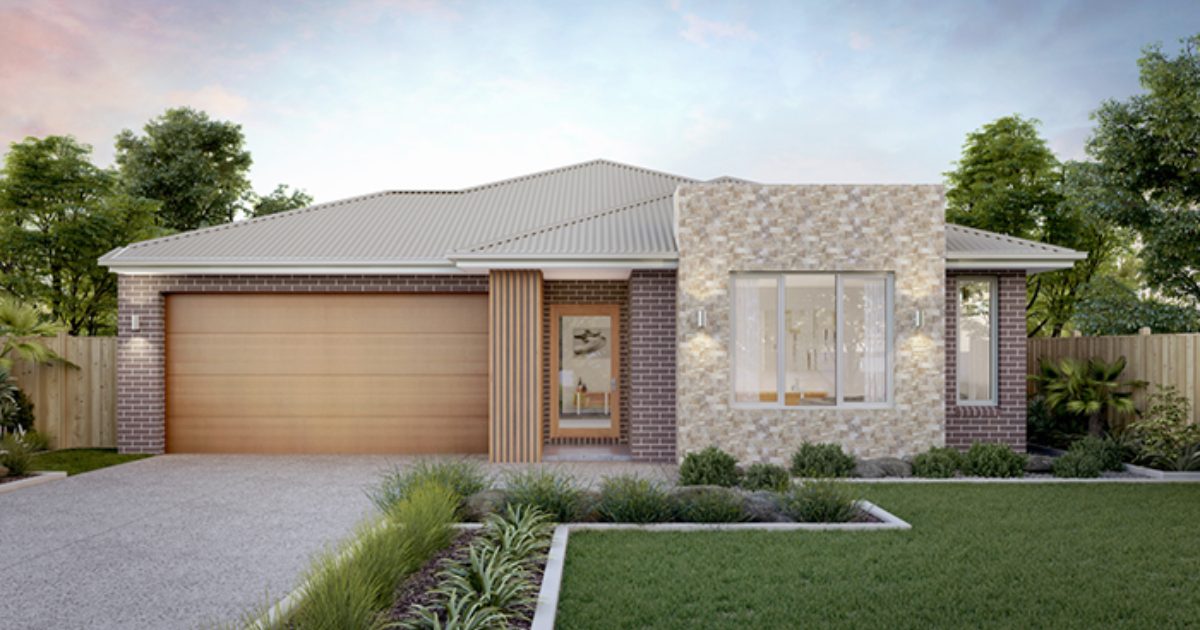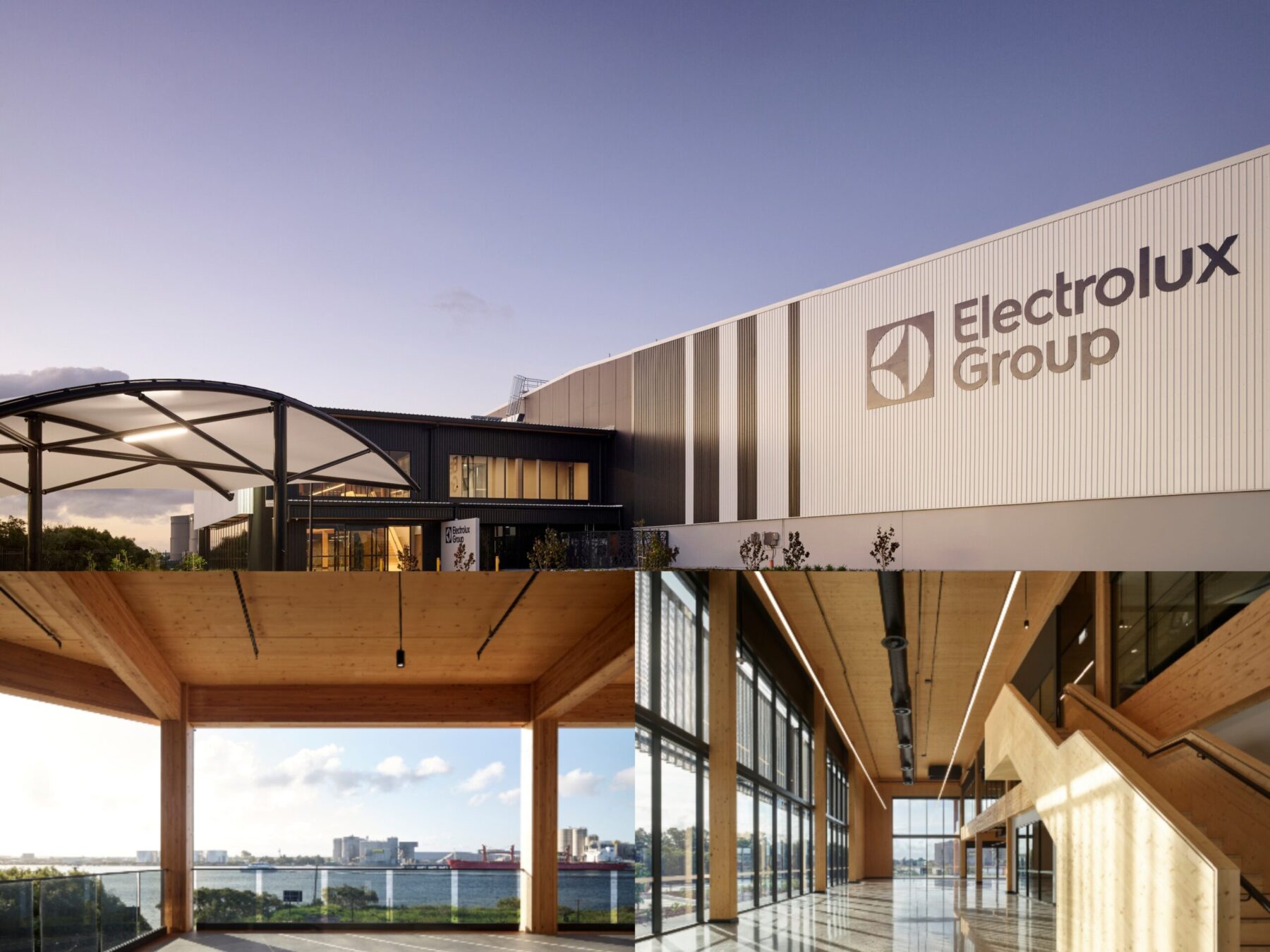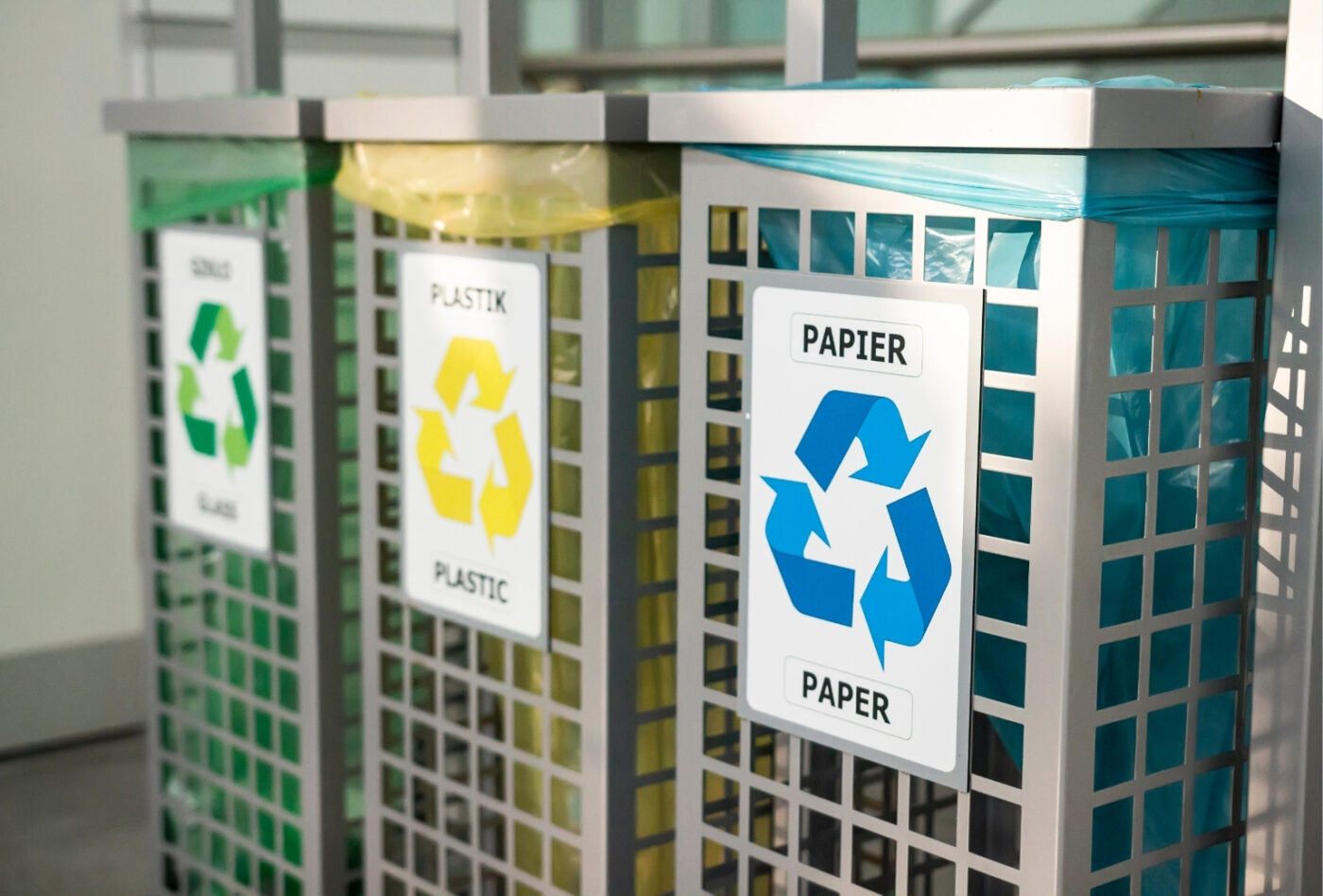
Six homes at Stockland’s Highlands masterplanned community, located in the north of Melbourne, have been certified carbon neutral according to the Australian Government’s Climate Active Carbon Neutral Standard for Buildings.
The Highlands’ homeowners had rooftop solar and battery storage systems installed at their homes on Sustainable Drive free of charge as part of the Carbon Neutral Homes Pilot program.
With support from the Clean Energy Finance Corporation, Stockland partnered with the Green Building Council of Australia (GBCA) and Climate Active to complete the pilot research program to better understand how to mitigate carbon emissions from homes across Australia.
Amy Hogan, Head of Sustainability, said the pilot has achieved its goal to make homes more liveable and affordable for residents, while reducing the homes’ carbon emissions and energy costs.
“Over the course of a year, the six homes on Sustainable Drive successfully reached net zero emissions through a combination of the solar packages and carbon offsets demonstrating how we can leave our communities in great shape for future generations.
“At Highlands, we have created one of the most sustainable streets in Australia with a 1.5 hectare public park and playground constructed from recycled materials, native tree plantings, and now certified carbon neutral homes.”
From September 2019 and September 2020 residents provided data on utility and energy usage within the home for assessment by the GBCA. To offset any greenhouse gas emissions arising from the consumption of fossil fuels, Stockland purchased carbon credits which go towards bush regeneration projects.
“We congratulate Stockland and its residents on the achievement at Stockland Highlands,” said Davina Rooney, CEO of the Green Building Council of Australia.
“At 57%, residential buildings contribute the most emissions of all buildings so Carbon Neutral certifications for homes are a key part of driving residential change and necessary in the whole of economy drive to net zero.”
CEFC Director and Joint Head of Property Michael Di Russo said understanding the energy demands of our homes and how we use them is a critical first step towards lowering our emissions.
“The success of this pilot shows that incorporating sustainable features makes homes more comfortable and cost effective to run for homeowners. It also helps us understand what is needed to drive residential properties towards achieving carbon neutrality. This information can be a catalyst for change to transform the market for Australian homes.”



